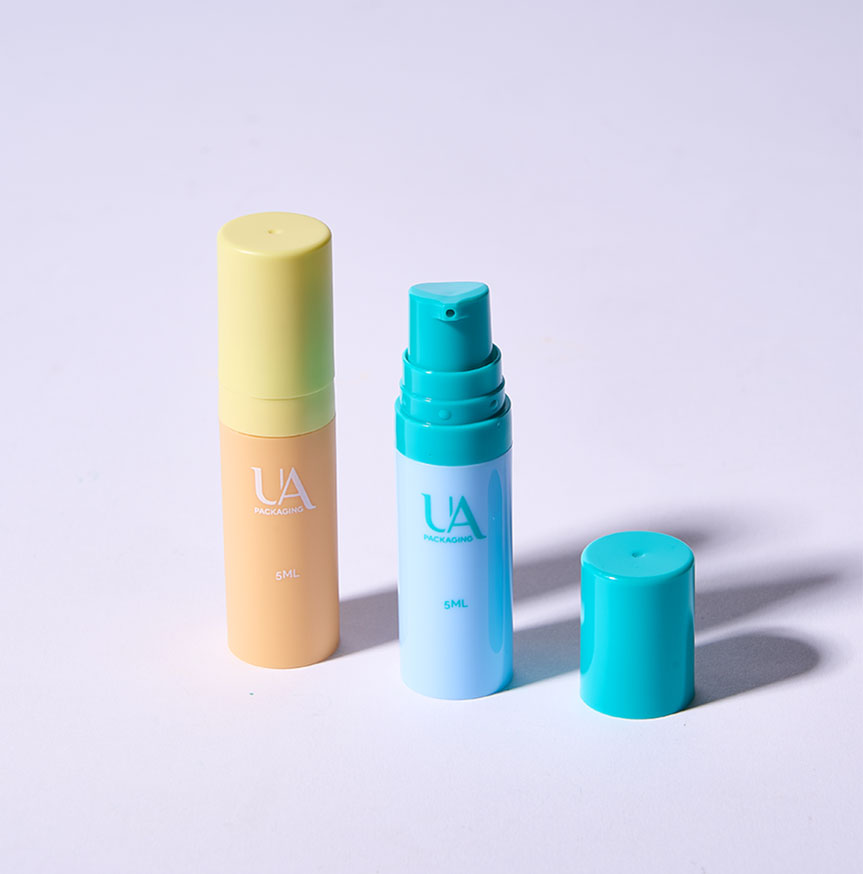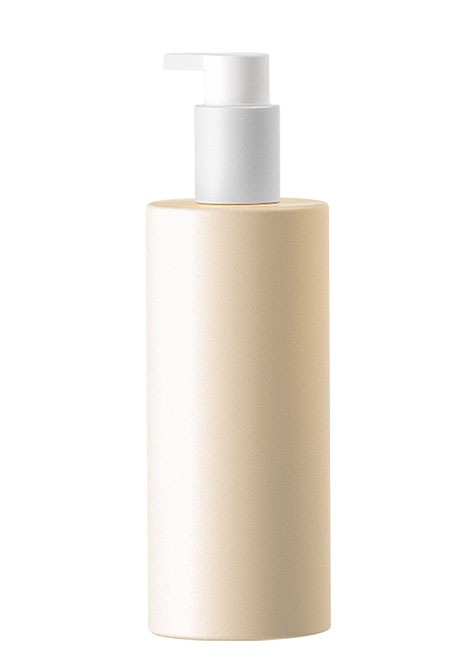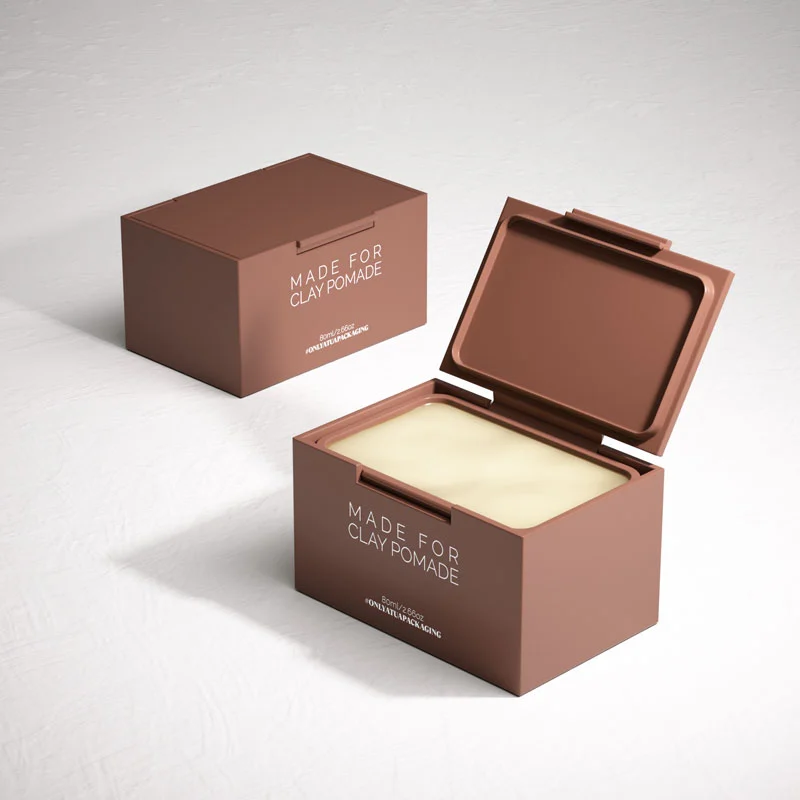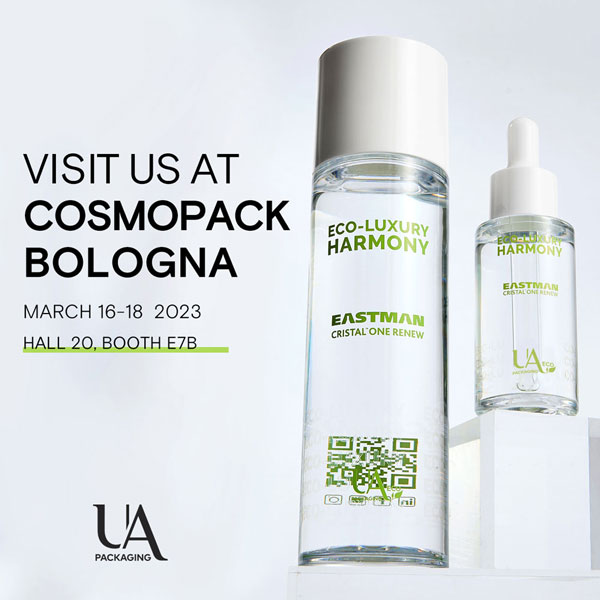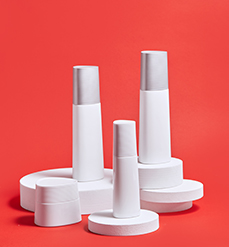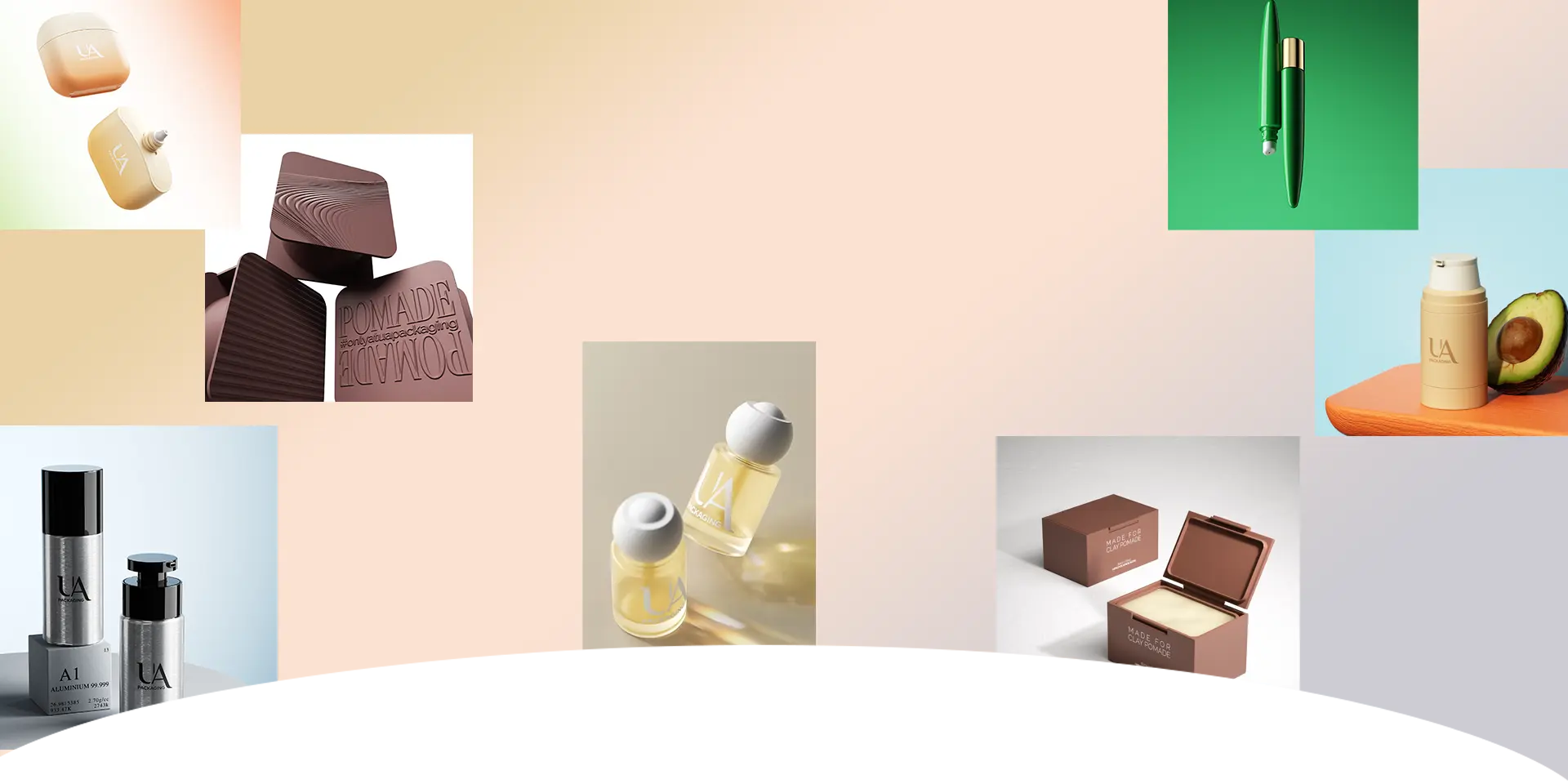Cosmetic vacuum pump bottles play a crucial role in the modern beauty industry. They not only protect the quality of cosmetics but also extend their shelf life.
Types of Cosmetic Vacuum Pump Bottles
Overall, cosmetic vacuum pump bottles can be categorized into two main types: piston system and bag (tube) system. Regardless of the type, their primary function is to isolate the product from external air, preventing oxidation and bacterial growth, thereby preserving the integrity of the formula.
The piston system design principle relies on the precise fit between the piston and the bottle wall. In this system, the piston should not be too tight, as excessive friction can hinder its movement, nor too loose, as this can lead to leakage and low evacuation rates. Therefore, the piston system requires high precision and professional manufacturing standards.
The bag (tube) system uses a vacuum bag or tube, maintained in a vacuum state by a vacuum pump, to prevent air from entering. This packaging method ensures both airtightness and even distribution of the contents.
Working Principle of Cosmetic Vacuum Pump Bottles
The working principle of a cosmetic vacuum pump bottle involves pressing the pump head to expel the product while preventing air from entering the packaging, thereby creating a vacuum negative pressure state. The external atmospheric pressure then drives the piston at the bottom of the bottle forward or compresses the soft bag (tube), facilitating the product's dispensing.
This design ensures that the contents remain free from air exposure during use, maintaining their freshness and stability of active ingredients. This is particularly important for cosmetics containing volatile or natural ingredients, as these can change color or deteriorate when exposed to air.
Filling of Cosmetic Vacuum Pump Bottles
The filling process is a key stage in the production of cosmetic vacuum pump bottles, directly affecting the final usage effect of the product. Based on the position of the filling port, vacuum pump bottles can be filled from the top or bottom. Additionally, the filling process can be classified into atmospheric pressure filling and vacuum filling.
During the filling process, pre-degassing of the product is crucial. Poor degassing can lead to issues such as inefficient dispensing or incorrect fill levels. Furthermore, the physical properties of the product can also impact the performance of the vacuum packaging, requiring evaluation through relevant experiments and tests.
Decoration of Cosmetic Vacuum Pump Bottles
The decoration process of cosmetic packaging is a critical aspect that cannot be overlooked. Currently, decoration techniques for vacuum pump bottles include vacuum coating, water coating, spraying, printing, hot stamping, heat transfer, water transfer, labeling, and anodizing.
Vacuum coating and water coating enhance the metallic appearance of the product, with vacuum coating gradually replacing water coating due to its pollution issues. Anodizing provides a genuine metal texture, reflecting a brand's high-end image. Various color techniques can be used to create diverse color options, making cosmetic packaging more vibrant.
Water transfer printing is an emerging decoration technique where a transfer film adheres to the product via a solvent, offering diverse designs without the limitations of heat transfer curves. Other decoration techniques like printing, hot stamping, heat transfer, and labeling are well-established and widely used in cosmetic packaging.
Decoration is not only for aesthetic appeal but also an important reflection of the brand's image. Combining multiple decoration techniques in a product while ensuring feasibility and manufacturability is a goal for every designer.
In summary, cosmetic vacuum pump bottles offer unique advantages in terms of protection, functionality, and decoration. With the increasing market demand for skincare and makeup products, the use of cosmetic vacuum pump bottles is expected to become more widespread. Brands should consider various factors such as design, filling, and decoration to ensure product quality and market competitiveness. This article aims to provide useful references for brands in product development.

 Contact Us
Contact Us (1).webp)

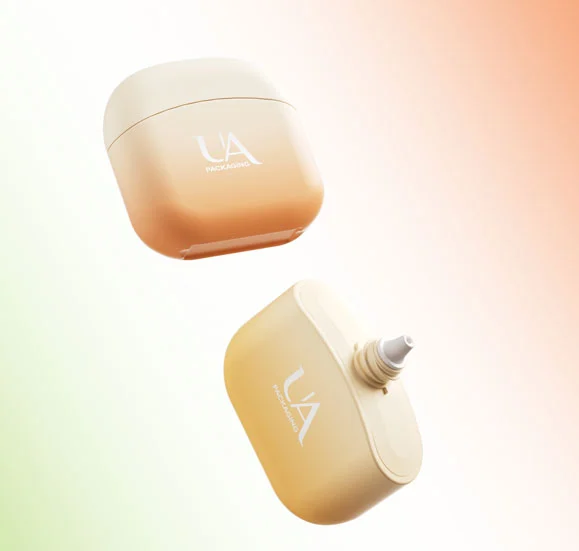
_20250428095135.webp)
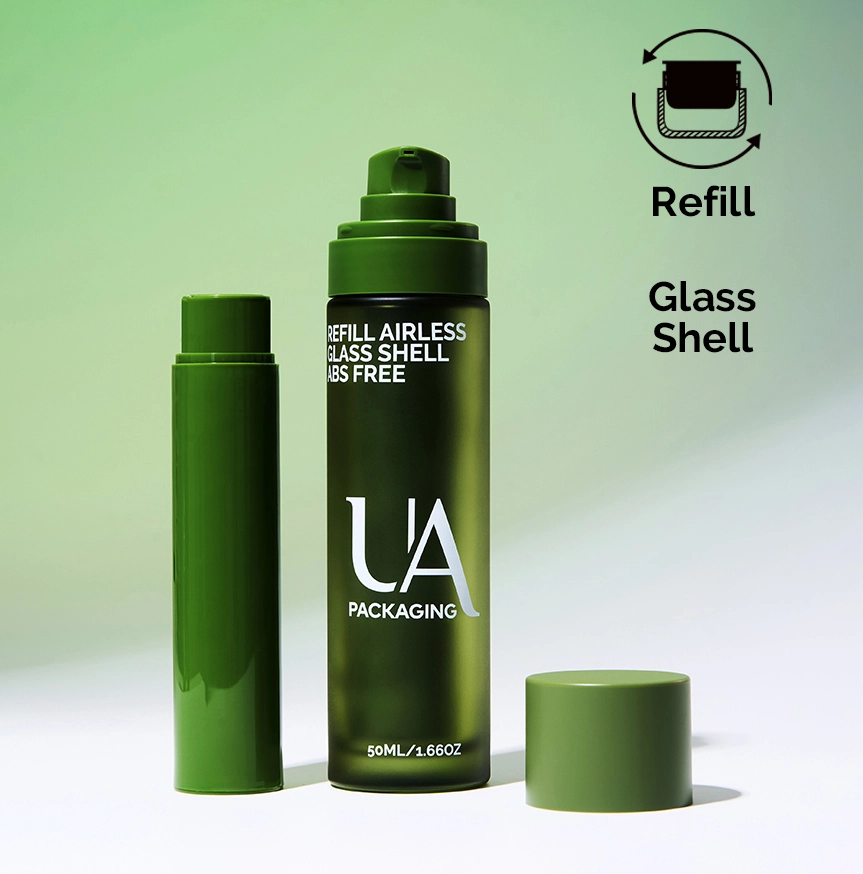
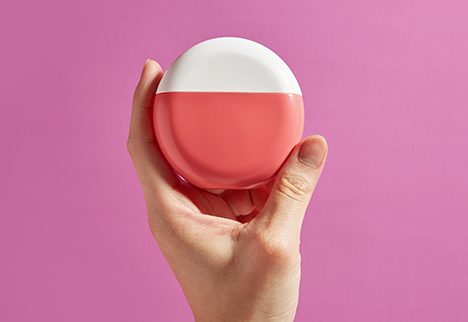

 English
English  français
français  Español
Español  italiano
italiano 